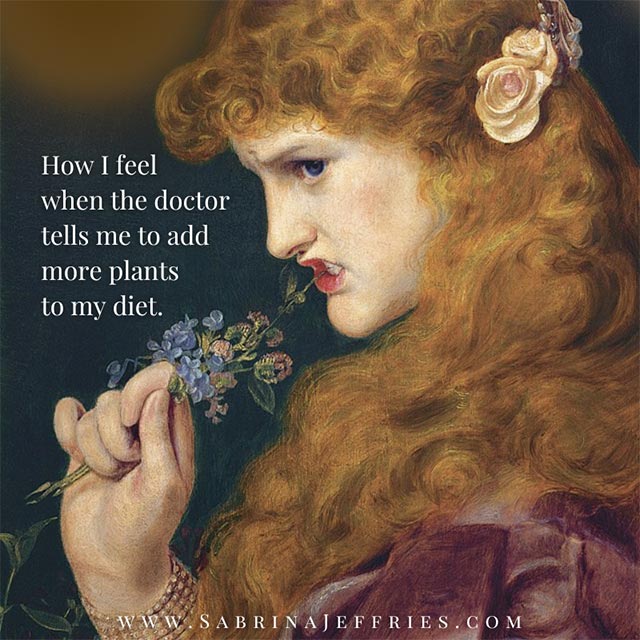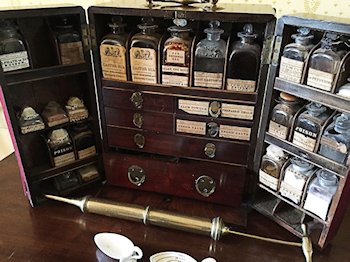Dieting

Dieting is not an invention of the modern age. For as long as there has been food, there have been diet programs and aids, not to mention doctors who instructed their patients to lose weight. The aid that still horrifies me was popular in the Victorian period—swallowing tapeworms. That’s one way to lose weight, but not a particularly healthy one. Here’s a lovely diet program from a man named Banting in the mid-nineteenth century. The diet was essentially low carb, even if it did have lots of wine in it. The Ugly-Girl Papers suggested a diet of fruit, with occasional broth, in order to achieve the translucent skin and sickly look that was apparently popular. Or . . . you could just eat arsenic wafers or drink ammonia. But before you scoff, my mom told us that when she and her sisters had colds as girls in the 1930s and ’40s, they were given a sugar cube soaked in kerosene to suck on!


